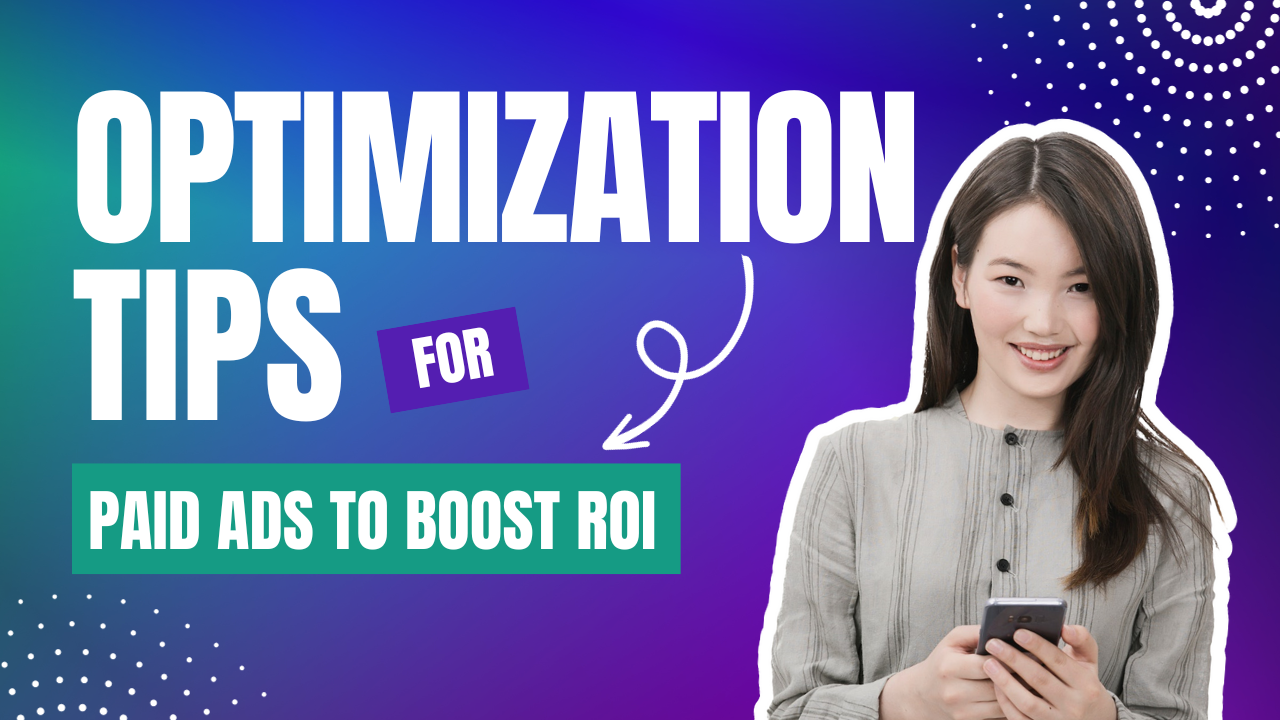- admin
- Attribution Model, Marketing
- 0 Comments
- 796 Views
In today’s competitive digital landscape, conversion rates are a metric for the success of any business. The ability to track and analyze customer behavior is essential for optimizing marketing strategies and driving growth. One powerful tool that can significantly impact your conversion rates is the attribution model. In this article, we will explore the importance of attribution models, their impact on conversion rates, and how to choose the perfect model that unlocks your business’s potential.
What is an Attribution Model?
An Attribution Model is a framework used to assign credit to various touchpoints in a customer’s journey that leads to a conversion. It helps businesses understand how each marketing channel contributes to conversions and assists in optimizing marketing budgets. Attribution models provide valuable insights into consumer behavior, allowing businesses to make data-driven decisions and allocate resources effectively.
The Significance of Attribution Models
Proper attribution modeling plays a pivotal role in boosting conversion rates. Let’s delve into the reasons why:
Identify High-Performing Channels
By utilizing attribution models, you gain visibility into which marketing channels are most effective in driving conversions. Instead of relying on guesswork or flawed assumptions, attribution models provide empirical data, enabling you to channel your efforts and resources into the right areas.
Optimize Marketing Budget
Attribution models offer insights into the cost-effectiveness of each marketing channel. By understanding how different touchpoints contribute to conversions, you can optimize your marketing budget by allocating resources to the channels that yield the highest return on investment.
Improve Campaign Performance
Attribution models enable you to evaluate the performance of individual marketing campaigns accurately. By identifying the strengths and weaknesses of each campaign, you can make informed decisions for future initiatives, ensuring continuous improvement and enhanced conversion rates.
Enhance Customer Experience
Understanding the customer journey through attribution models allows you to tailor your marketing strategies to their needs. By prioritizing the channels that resonate most with your target audience, you can provide a seamless customer experience, ultimately leading to higher conversion rates.
Choosing the Right Attribution Model
Selecting the right attribution model for your business is crucial for maximizing the benefits. Here are some popular attribution models to consider:
First-Touch Attribution Model
The first-touch attribution model assigns full credit for a conversion to the first interaction a customer has with your brand. It is beneficial for businesses aiming to expand their customer base as it emphasizes the initial touchpoint that attracted the customer.
Last-Touch Attribution Model
Contrary to the first-touch model, the last-touch attribution model attributes all conversion credit to the last interaction before a conversion occurs. This model is beneficial for businesses focused on short sales cycles and capturing immediate conversions.
Linear Attribution Model
The linear attribution model distributes equal credit across all touchpoints along the customer journey. It provides a balanced view of the impact each touchpoint has on conversions and is well-suited for businesses with longer sales cycles.
Time Decay Attribution Model
The time decay attribution model assigns more credit to touchpoints that are closer to the conversion. It acknowledges that the influence of touchpoints diminishes over time and is particularly effective for businesses with longer sales cycles that involve multiple touchpoints.
Frequently Asked Questions
1. What is an attribution model, and why is it important for my business?
An attribution model is a framework used in marketing to determine how credit for conversions is assigned to various touchpoints in a customer’s journey. It’s essential for businesses because it helps them understand which marketing channels and interactions are most effective in driving conversions, allowing for better allocation of resources and optimization of marketing strategies.
2. What are some common attribution models, and how do they differ?
Common attribution models include first-touch, last-touch, linear, time decay, and position-based models. They differ in how they assign credit to touchpoints along the customer journey. For example, first-touch gives all credit to the initial interaction, while last-touch attributes all credit to the final touchpoint.
3. What are the limitations of traditional attribution models?
Traditional attribution models, such as first-touch or last-touch, often oversimplify the customer journey and may not accurately reflect the influence of all touchpoints. They can lead to misallocation of marketing budgets and missed opportunities for optimization.
4. How does the “Perfect” Attribution Model address the flaws of traditional models?
The “Perfect” Attribution Model is designed to provide a more accurate representation of the customer journey by considering the first interaction, intermediate assists, and the final conversion touchpoint. It addresses the limitations of traditional models by acknowledging the importance of multiple touchpoints.
5. What are the benefits of using the “Perfect” Attribution Model?
The “Perfect” Attribution Model offers benefits such as improved accuracy in tracking conversion sources, a deeper understanding of customer behavior, and more effective allocation of marketing budgets, ultimately leading to higher conversion rates and ROI.
6. How can I implement the “Perfect” Attribution Model in my marketing strategy?
Implementing the “Perfect” Attribution Model involves defining the components, setting up the model, and using appropriate tools and software. It’s essential to continually monitor and adjust the model to ensure its effectiveness.
7. Can you provide examples of businesses that have successfully adopted the “Perfect” Attribution Model?
Real-world examples and case studies of businesses that have benefited from the “Perfect” Attribution Model will be shared in the blog to illustrate its practical application.
8. What are some best practices for maximizing conversion rate optimization using attribution data?
Best practices include using attribution data for strategic decision-making, ongoing monitoring and adjustment of marketing strategies, and staying updated with industry trends.
9. What are the emerging trends in attribution modeling, and how can I prepare for the future of conversion rate optimization?
Emerging trends in attribution model are Data based Attributions that are rolling into the market.





